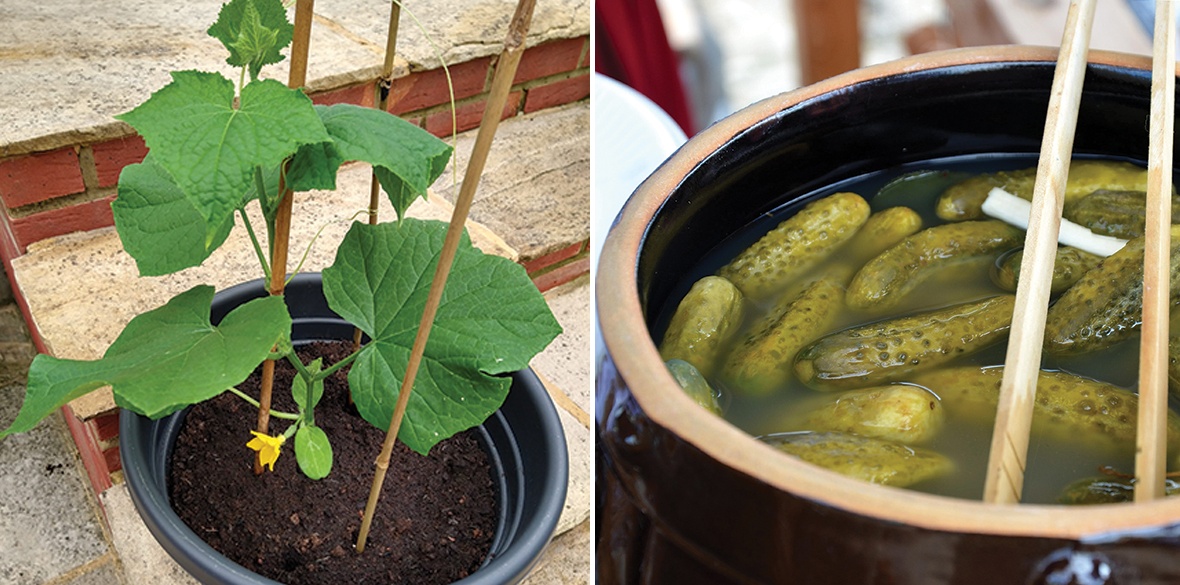This is the last article you can read this month
You can read more article this month
You can read more articles this month
Sorry your limit is up for this month
Reset on:
Please help support the Morning Star by subscribing here
WHEN they work well, cucumbers are one of the most prolific and enjoyable garden crops. There is a fair bit that can go wrong with them, so here are a few ideas for improving your chances of success.
I don’t plant outdoor cucumbers into their final positions until June. Most of my “indoor” cucumbers (for greenhouse, garden frame or conservatory) also have to wait, although if I’ve got plenty of plants I will chance one or two in May.
It’s easy for gardeners to be fooled by warm days, but cucumbers hold the firm view that it’s not summer while the nights are still chilly.
Make sure you put the right cuke in the right place. It’ll say on the seed packet whether it’s intended for indoor or outdoor growing, and with a bit of luck that information will also appear on the label if you’re buying young plants.
By the same token, some varieties are more suited to growing in containers than others are, which will be mentioned in the seed catalogue or online description.
None of these categories carry the force of galactic law, but the different types will grow much better in their recommended environment.
The long, thin stem is the cucumber plant’s weak point, easily damaged. Coddling of the delicate stem begins even before the stem exists.
When you sow a cucumber seed, which is best done singly in a 3" (7.5cm) pot, only half fill the pot with compost. Put the seed 1 inch (2.5 cm) beneath the surface of the compost.
After the seed’s germinated the stem will grow rapidly, and will be quite tall long before the plant’s ready for planting out or moving on to a bigger pot. So, once the stem reaches the rim of the pot, you then gently fill in the rest of the “missing” compost.
This method tends to produce a seedling which, when you do come to plant it out, is stocky and strong rather than willowy and vulnerable.
People often feed cukes with the same fertiliser they use on their tomatoes, but actually cucumbers need plenty of nitrogen while tomato feed is rich in potash.
Grow a ridge cucumber on top of a compost or manure heap, in a sunny spot, and you’ll see the proof of that.
Cucumbers do best, and avoid mildew for longest, when there’s plenty of air around their leaves.
Don’t overcrowd the plants, and ideally allow them to climb vertically on a frame made of chicken wire stapled to wooden battens, or some other form of support.
If in the past you’ve found cucumber seed tricky to germinate, try sowing older, open-pollinated varieties rather than those which have F1 in their name.
I know I’m not the only gardener who finds some modern cultivars a little reluctant to get started, especially in cooler conditions.
Pick the fruit as soon as they’re big enough, and do so carefully, cutting them from the plant rather than tugging them.










